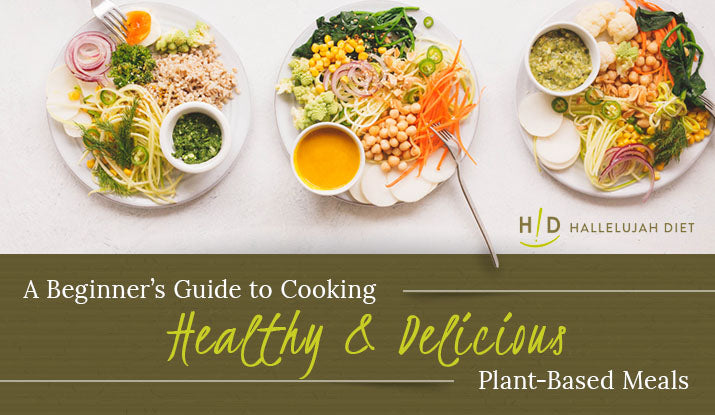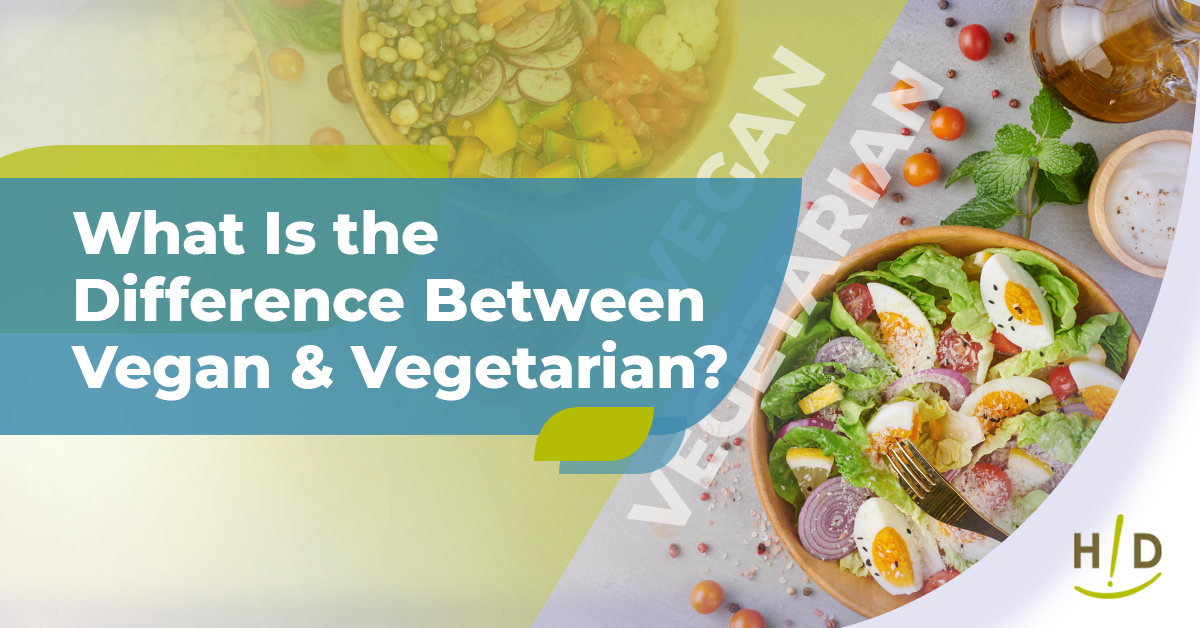Following a plant-based diet is not difficult when you learn how to cook in a new way. There are so many healthy and delicious meals available to vegetarians. Many of them taste so wonderful that you wouldn’t even know they were vegetarian!

 These foods are some of the most widely used among plant-based enthusiasts. These ingredients replace eggs, butter, cheese, or sugar in recipes:
These foods are some of the most widely used among plant-based enthusiasts. These ingredients replace eggs, butter, cheese, or sugar in recipes:

 Make sure to have some of these fruits on hand at all times to make meals a breeze:
Make sure to have some of these fruits on hand at all times to make meals a breeze:
 There are many vegetables used for different reasons. Here are some of the more practical ones to have on hand:
There are many vegetables used for different reasons. Here are some of the more practical ones to have on hand:






 Make use of your favorite herbs and seasonings to enhance the flavor of your dishes. Some staples include:
Make use of your favorite herbs and seasonings to enhance the flavor of your dishes. Some staples include:

 If you will use these ingredients within four days, keep them in your refrigerator. If not, freeze them and label them and thaw the night before you need them. That way, you will be ready to go. Another option is to make freezer meals in advance. You might choose to make an entire casserole, soup, or loaf of bread. Portion into servings for you and your family members. For busy days, having a whole meal already made is a lifesaver.
If you will use these ingredients within four days, keep them in your refrigerator. If not, freeze them and label them and thaw the night before you need them. That way, you will be ready to go. Another option is to make freezer meals in advance. You might choose to make an entire casserole, soup, or loaf of bread. Portion into servings for you and your family members. For busy days, having a whole meal already made is a lifesaver.
Begin Gradually
If plant-based cooking is new to you, begin slowly. Take an inventory of what you currently eat. Make two lists. First, write out all the plant-based foods that you currently eat and enjoy. In another column, write out the animal products you consume. This will help you visualize how to transition your diet to a plant-based one. On another piece of paper, write out the plant-based foods that interest you, but you have yet to try. As you begin meal planning, look for recipes that include both the foods you want to try and the ones you know you like.Create a Meal Plan
Meal planning is the foundation of cooking healthy plant-based meals. When you prep your meals ahead of time, it saves time and money. Also, your meals tend to be more nutritionally sound. You can use our meal planner to see how to make healthy changes towards the Hallelujah Diet. Our plan emphasizes eating a healthy amount of mostly raw vegetables and grains along with fruit and legumes. Add in smaller amounts of nuts, seeds, and oils, and you are on your way to a healthy diet! Begin with easy meals that require only a few ingredients. Green Smoothies and Veg-Smoothies are a great place to start. They are simple to prepare, but have great nutrition. Then plan meals you are already familiar with, but find a vegetarian version of them. Hallelujah Diet offers a number of plant friendly recipes and vegetarian cookbooks to help you plan your meals.
Stock Your Pantry
Having a good variety of vegetarian staples on hand is the key to cooking healthy meals. All of these foods are highly versatile and available in most supermarkets.Handy Staples
- Applesauce – Replaces butter, eggs, or oil in baking. Is also great in muffins, on pancakes, or as a snack on its own.
- Bananas – Use in rice pudding, smoothies, bread, muffins, or as an egg replacer in baked goods.
- Dates – Use to sweeten meals, make energy balls, or as a raw dessert (did someone say carrot cake and fudge?)
- Flaxseeds – Use as an egg replacer in baking or add to oatmeal, smoothies, and desserts. Grind them to receive the most benefits.
- Chia Seeds – Use as an egg replacer in baked goods or to make chia pudding.
- Cashews – Used to make any dish creamier. Think cheese, sauces, and sour cream.
- Nutritional Yeast – Sprinkle on popcorn or make into a cheese sauce.
- Plant-Based Milk – Use on cereal and oatmeal, in smoothies, or anywhere else you use milk like in chowders and pancakes.
Fruit
 Make sure to have some of these fruits on hand at all times to make meals a breeze:
Make sure to have some of these fruits on hand at all times to make meals a breeze:
- Apples – Thicken smoothies and are great in salads, oatmeal, or just to eat.
- Avocados – Add to toast and salad or make a chocolate mousse.
- Pears – Dice and add to baked goods for natural sweetness.
- Lemons – Liven up a salad or cooked veggies with a hint of lemon juice and zest.
- Oranges – Add the zest and juice to wake up any salad or add the slices to a smoothie.
- Dried Fruit – Great for snacking or chop and add to granola or oatmeal.
- Frozen Fruit – Add to smoothies, oatmeal, and baked goods.
- Berries – Sprinkle onto salads, add to smoothies, and snack on them.
- Kiwi
- Cantaloupe
- Honeydew
- Watermelon
- Pineapple
Vegetables
- Leafy Greens – Kale, romaine, and arugula are great for salads and smoothies. You can steam or sauté collards, beet or turnip greens, and bok choy and enjoy as a side. Mature large-leaf spinach and swiss chard may be used occasionally but contain oxalic acid, which binds with their calcium so you can’t absorb it.
- Cruciferous Vegetables – Cabbage can be made into a slaw or sautéed. Cauliflower and broccoli can be steamed, sautéed, or roasted.
- Root Vegetables – Carrots, beets, potatoes, and sweet potatoes are great in soups, roasted, or steamed. Grate carrots and beets onto your salad.
- Cucumbers – Use in a refreshing smoothie or add to a salad.
- Peppers – Eat raw with hummus or add to a stir-fry or scrambled organic tofu.
- Corn – Eat by itself or add to a quinoa salad or soup.
- Frozen Vegetables – Steam and enjoy or add to soups, stews, or tofu pot pie.
- Mushrooms – Add to salads or grill portabellas to make burgers.
- Onions – Sauté or caramelize them to give flavor to most dishes.
- Asparagus – Steam, sauté, or roast and serve sprinkled with lemon.
- Green Beans – Make a bean salad.
- Peas – Eat as a snack by themselves or make into a guacamole when you’re out of avocadoes.
- Eggplant – Make eggplant parmesan or lasagna.
- Yellow Squash – Great for stir-fry.
- Zucchini – Spiralize to make quick noodles. Sauté for a few minutes and then add the sauce of your choice. Make a ratatouille.
Grains – should be organic grains

- Oats – Use to thicken smoothies, add to bread and muffins, use to make oatmeal, bean burgers, or energy balls.
- Rice – Make a batch in your slow cooker at the beginning of the week and stir fry it or add to recipes as needed.
- Quinoa – An ancient pseudo grain, quinoa is a nutritionally dense food that is easy to prepare. Cook it and sprinkle on salads (or make it the base for salads). Add to soups and patties. You can even enjoy it sweet with fruit for breakfast.
- Whole Wheat Pasta – Add a tomato or pesto sauce, and dinner is ready on the table in no time!
- Whole Wheat (and Alternative) Flour – Use in your favorite baked goods, including rolls, muffins, bread, and pizza dough.
Beans and Legumes
- Black, Kidney, Garbanzo, and Cannellini Beans – Use in hummus, soups, stews, salads, and bean burgers.
- Lentils (any color) – Use as a base or side for most meals, including stir-fry, soup, and burgers.
- Hummus – If you don’t have time to make it yourself, having a container of store-bought hummus in your refrigerator is a great idea. You can use it for a snack with carrots, celery, or pita bread.
Broth, Sauces, Condiments
- Vegetable Broth – Use as a no-oil sauté and add to soup.
- Apple Cider Vinegar – Use in salad dressings.
- Balsamic Vinegar – Use in salad dressings or as a drizzle on roasted vegetables.
- Rice Vinegar – Use in Asian slaw salad dressings.
- Mustard – Use as an emulsifier in salad dressings. Also gives a lot of flavor to other dishes.
- Soy Sauce – Brings out the flavors in Asian dishes.
- Tahini – Add to hummus and salad dressings.
- Maple Syrup – Use to sweeten baked goods.
Nuts and Oils

- Almonds (and Almond Butter) – Use to make energy balls or granola.
- Pecans – Add to granola or top your oatmeal.
- Walnuts – Sprinkle on a salad for added crunch.
- Coconut Oil – Use sparingly in cooking and baking.
- Olive Oil – Use in salad dressings or to lightly sauté vegetables.
Herbs and Seasonings
- Sea Salt – Add a pinch to your meals.
- Black Pepper – Grind black peppercorns and add to any meal.
- Cinnamon – Add to oatmeal and baked goods.
- Basil – Add fresh basil to hummus and smoothies.
- Oregano – Add to pizza and pasta sauce.
- Garlic Powder – Add to stir-fry.
- Onion Powder – Add to roasted vegetables.
- Ginger – Add to Middle Eastern or Indian dishes.
- Cumin – Add to bean and lentil dishes.
- Turmeric – Use in Indian cooking.
- Parsley – Add to a fresh quinoa salad.
- Cilantro – Add to fresh salsa and soups.
- Red Pepper Flakes – Sprinkle a little bit into a soup for added heat.
Learn Where to Grocery Shop
There is nothing wrong with heading to your local grocery store for your food shopping. However, you may find shopping in new places to be appealing. Some great options are:- Health Food Stores – Here you will find plenty of plant-based foods, such as grains, nuts, teas, and seeds. The staff may also provide recipes, classes, and other resources for plant-based living, so it’s worth it to travel to the store closest to you.
- Farmer’s Markets – Buying fresh produce from farmers in your area is nice. Farmers can give you tips on how to prepare ingredients in a simple and healthy way. This tends to be a pretty affordable option for many.
- Discount Outlets – Eating healthily doesn’t have to be expensive. If you shop at discount outlets like Aldi, Amelia’s Grocery Outlet, and Ollie’s, you can find vegetarian staples for cheap. Search for “discount outlets near me” and see what you find.

Buy Useful Appliances
Make sure you have some basic appliances that will come in handy for prepping plant based meals. This is not an exhaustive list, nor are they all necessary. However, they make plant-based cooking much easier.- Instant Pot – This kitchen appliance is all the rage due to its versatility. It can cook nearly anything, from rice to chili to mashed potatoes. If you want some inspiration, check out these vegan instant pot recipes.
- Crockpot – While it’s not as new as an instant pot, it’s still highly practical. You can make beans, oatmeal, rice, soup, and casseroles.
- Coffee Grinder – Use to grind flaxseeds right before adding them to your recipes.
- Blender – Use to make smoothies or puree sauces and salad dressings.
- Juicer – Use to make juices of your favorite vegetables (like carrot juice)!
- Immersion Blender – Great for making sauces and salad dressings.
- Casserole Dish – Use to make baked oatmeal, stuffed peppers, and any casserole imaginable.
- Sheet Pans – Used for roasting veggies and tofu and making bean burgers and cookies.
- Pizza Pan – Use for homemade pizza.
- Wok – Useful for making a large veggie stir-fry to enjoy throughout the week.
- Skillet – Use to make pancakes or veggie burgers.
- Spiralizer – Use to make veggie pasta.
Prep Your Meals
When we are hungry, we like to grab whatever is easiest. To avoid falling into the fast food and convenience rut, prep your meals in advance. Prepping your staples in advance will make your life easier. Chop up your vegetables so you can easily add them to recipes later. You can also batch cook grains and beans. If you will use these ingredients within four days, keep them in your refrigerator. If not, freeze them and label them and thaw the night before you need them. That way, you will be ready to go. Another option is to make freezer meals in advance. You might choose to make an entire casserole, soup, or loaf of bread. Portion into servings for you and your family members. For busy days, having a whole meal already made is a lifesaver.
If you will use these ingredients within four days, keep them in your refrigerator. If not, freeze them and label them and thaw the night before you need them. That way, you will be ready to go. Another option is to make freezer meals in advance. You might choose to make an entire casserole, soup, or loaf of bread. Portion into servings for you and your family members. For busy days, having a whole meal already made is a lifesaver.








